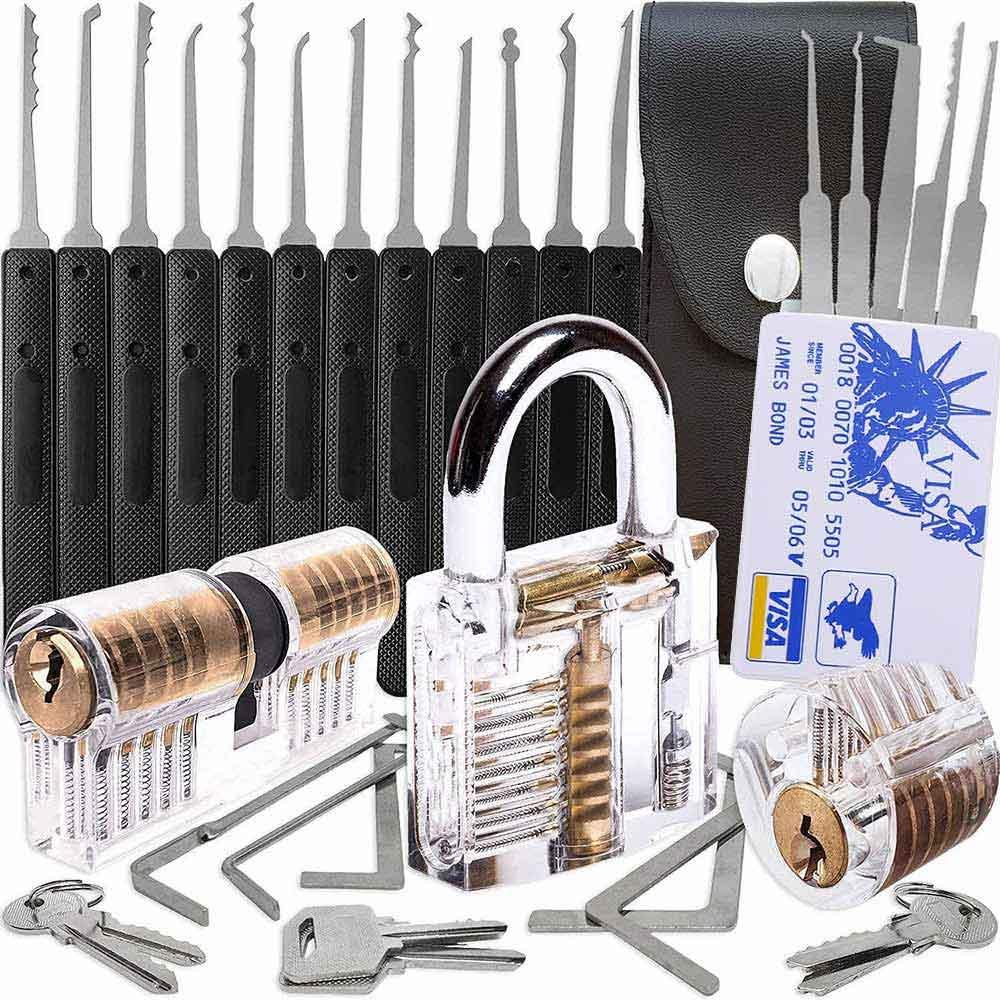Locks are designed to keep our belongings secure, but what if you find yourself locked out without a key? In such situations, a trusty paperclip can be your unlikely hero. With some patience, practice, and a few simple techniques, you can learn how to open a lock using a paperclip. This article will guide you through the process, ensuring you have a useful skill in your repertoire.
Understanding the Basics
Before attempting to open a lock with a paperclip, it's important to have a basic understanding of how pin tumbler locks work. Most common locks consist of a series of pins inside a cylinder. When the correct key is inserted, the pins align at the shear line, allowing the lock to turn. By manipulating these pins, we can recreate the same effect without an actual key.
Step 1: Gather Your Tools
To get started, gather the necessary tools: a paperclip, pliers (optional), and a tension wrench. The paperclip will serve as your pick, while the tension wrench will provide the necessary tension to turn the lock. If you don't have a tension wrench, you can improvise with a small flathead screwdriver or a bobby pin.
Step 2: Shape Your Paperclip
Using the pliers, straighten the paperclip, leaving a small hook at one end. Bend the hook slightly to create a slight curve, resembling the shape of a key's bit. Ensure that the other end of the paperclip is straight, as this will be the handle you hold onto while picking the lock. Take care not to make the hook too big or too small, as finding the right size may require some trial and error.
Step 3: Insert the Tension Wrench
Insert the tension wrench into the bottom part of the keyway, where the key would typically be inserted. Apply a gentle rotational pressure in the direction that the lock turns, which is usually clockwise. Maintain a consistent and moderate amount of tension throughout the process to mimic the action of the key.
Step 4: Pick the Lock
Insert the curved end of the paperclip, or the "pick," into the top part of the keyway. Gently push the pins upward, one by one, applying light pressure. Pay close attention to feedback from the pins—when you encounter a binding pin, it will offer some resistance. Apply a little more pressure to that particular pin until you feel a slight click or movement. Repeat this process for all the pins until you've set them all correctly.
Opening a lock using a paperclip requires patience, practice, and a keen understanding of the lock's mechanism. While it's essential to respect others' property and use this knowledge responsibly, knowing how to pick a lock can be a valuable skill in certain situations. Remember, practice on your own locks or with permission, and never engage in any illegal activities. Locksmith tools are necessary to keep at home, which help you fix lock problems quickly in emergency.

